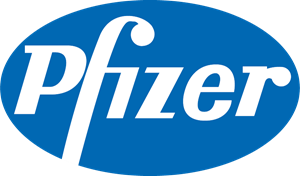USP <1236>: Solubility Measurements Chapter
United States Pharmacopeia Chapter <1236> provides a helpful overview of the theory and concepts behind solubility experiments. It discusses key factors that influence solubility and solubility measurements, including pH, salts, counterions. Drug delivery/formulation approaches to enhance solubility such as use of surfactants , co-solvents e.g. ethanol, and complexing agents, such as cyclodextrins, are also explained.
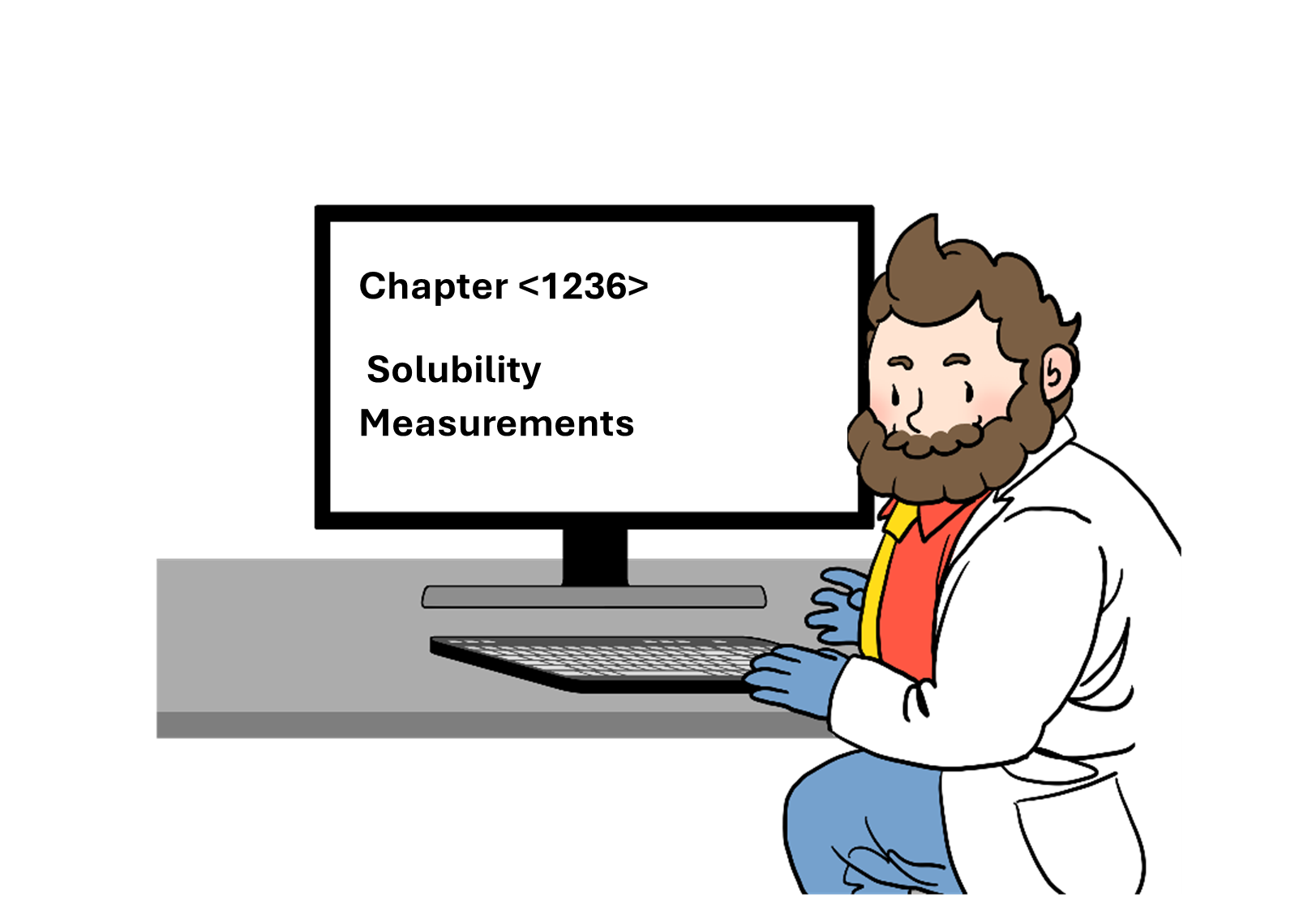
Tips such as sample preparation, equilibration recommendations and sample dilution prior to analysis are provided.
The chapter summarizes experimental methods used to determine thermodynamic equilibrium and apparent solubility of drug substances. It also explains how the dissolution rate can be enhanced by increasing the surface area of drug particles of a drug product.
Solubility methods, such as the saturation shake flask method, are described along with recommended media for testing. Apparent solubility techniques—including rotating disk, titration, turbidimetry, and physical assessment—are also discussed.
Practical considerations are highlighted, such as the importance of not assuming the solubility of different salt forms and the free form of a compound are the same.
Finally, the chapter introduces in vitro solubility testing in biorelevant media for humans, preclinical species (e.g., canine), and select veterinary species.

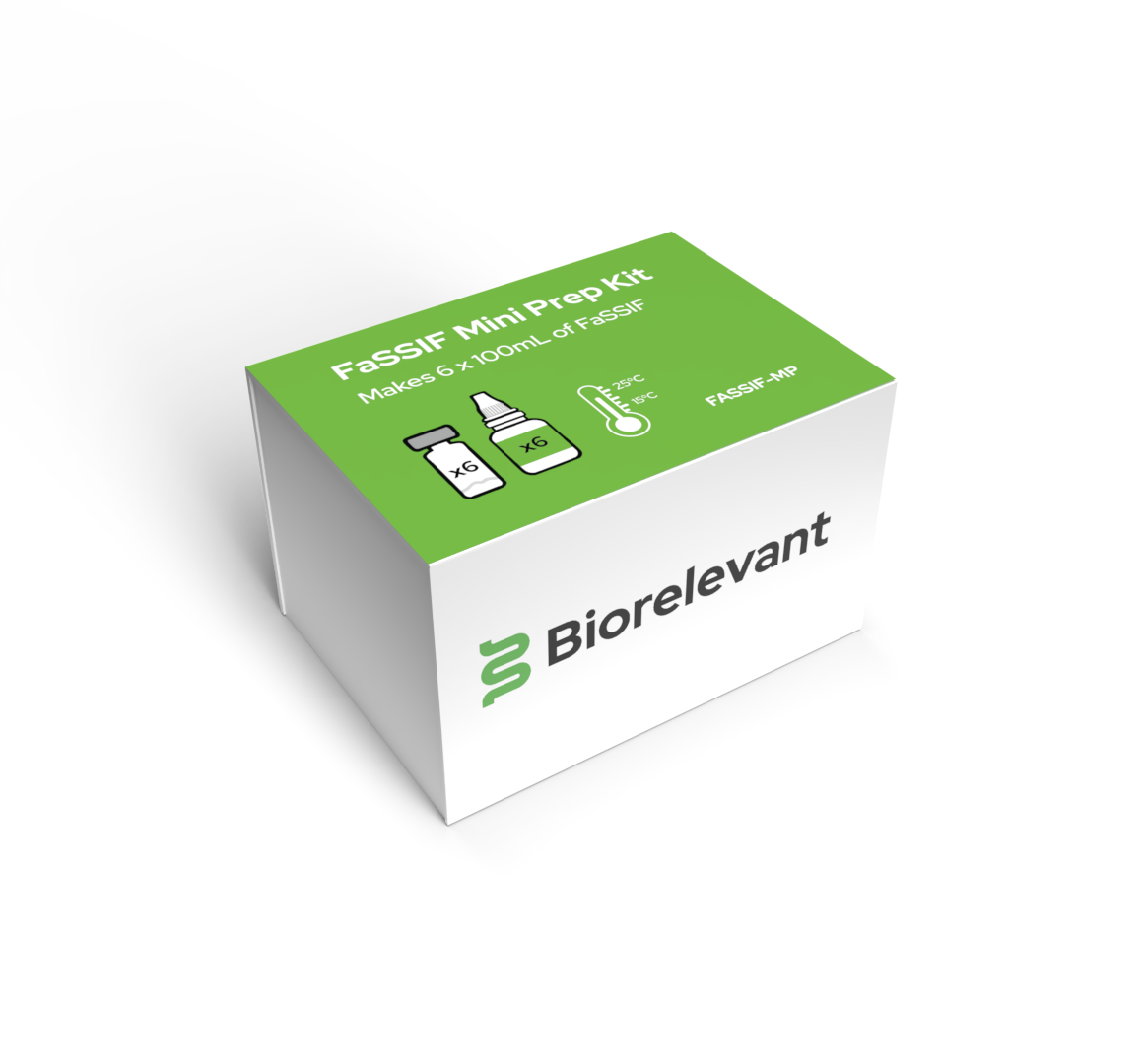
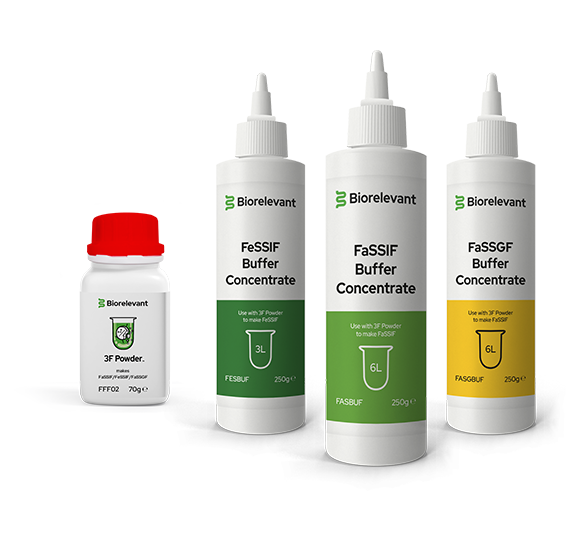
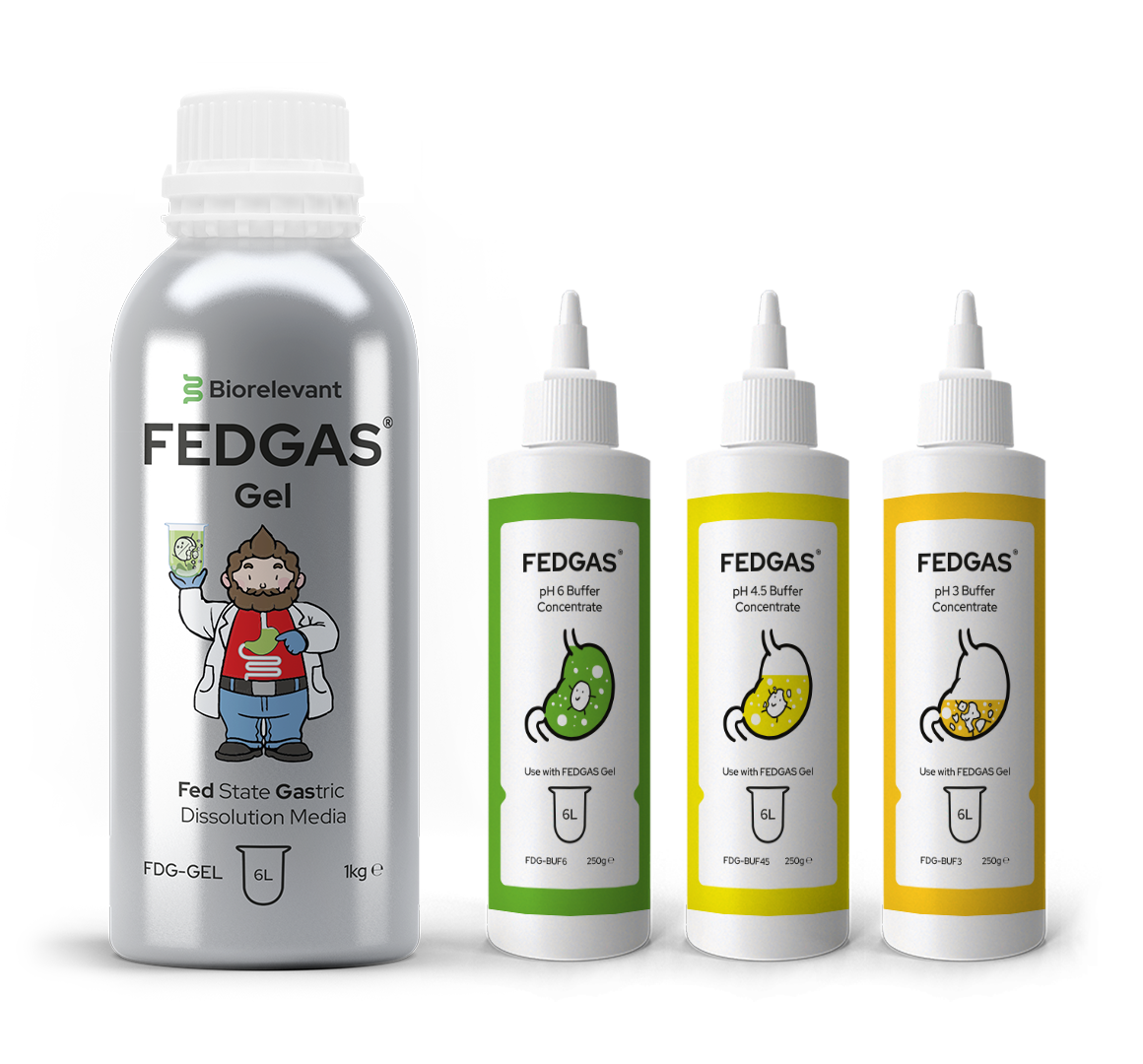
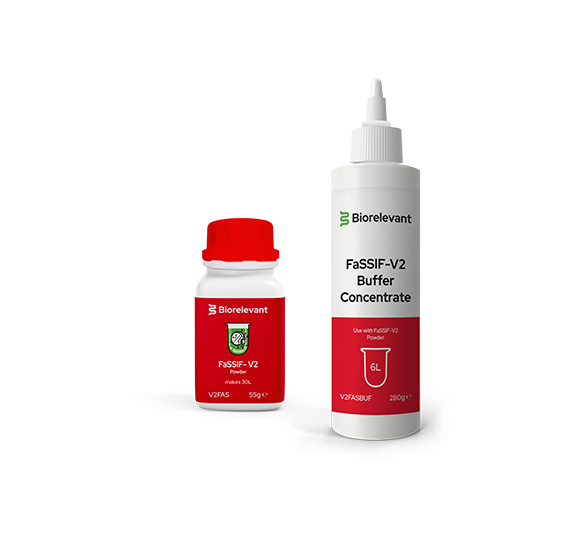
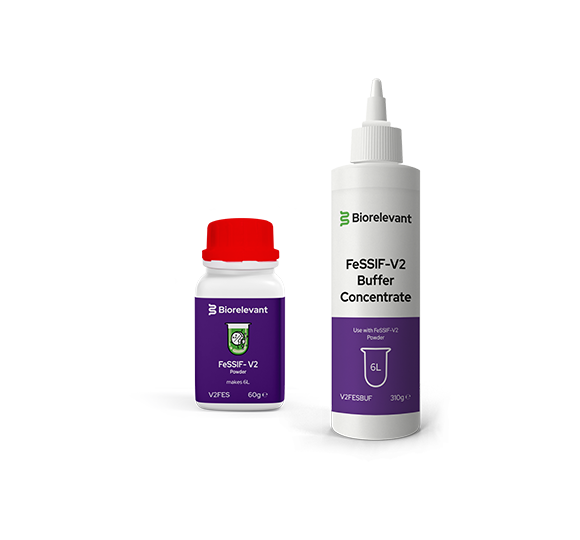


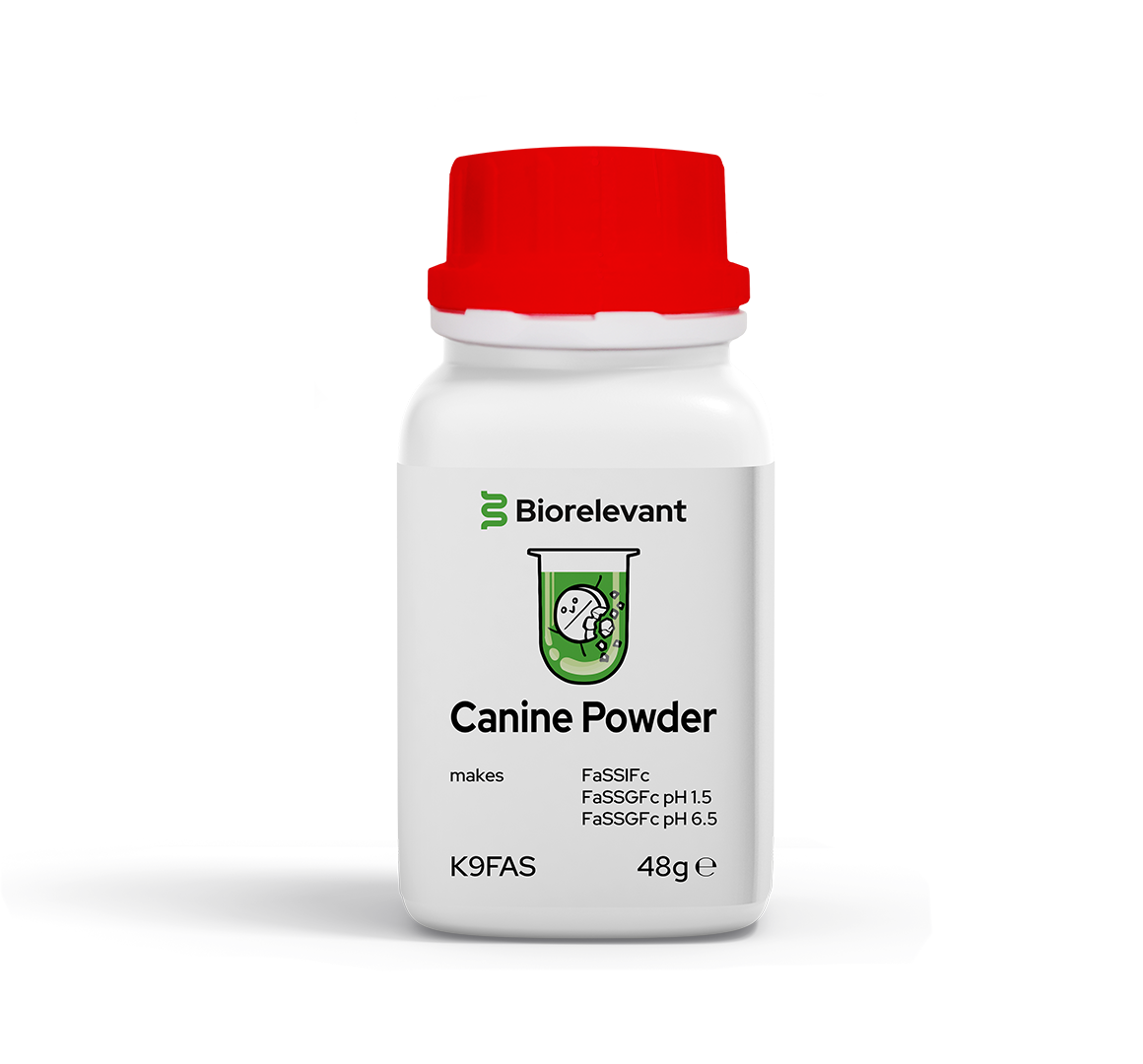
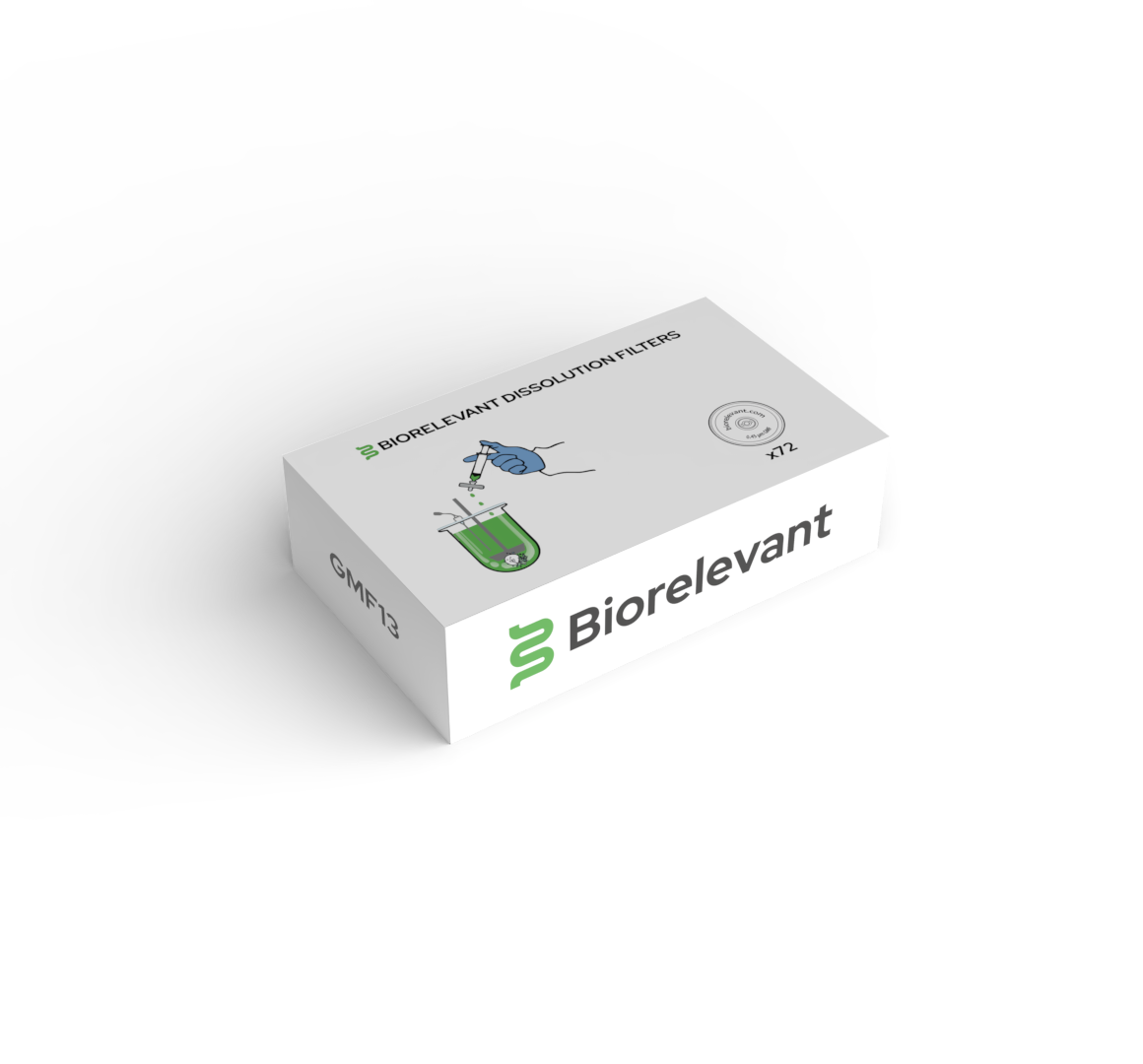
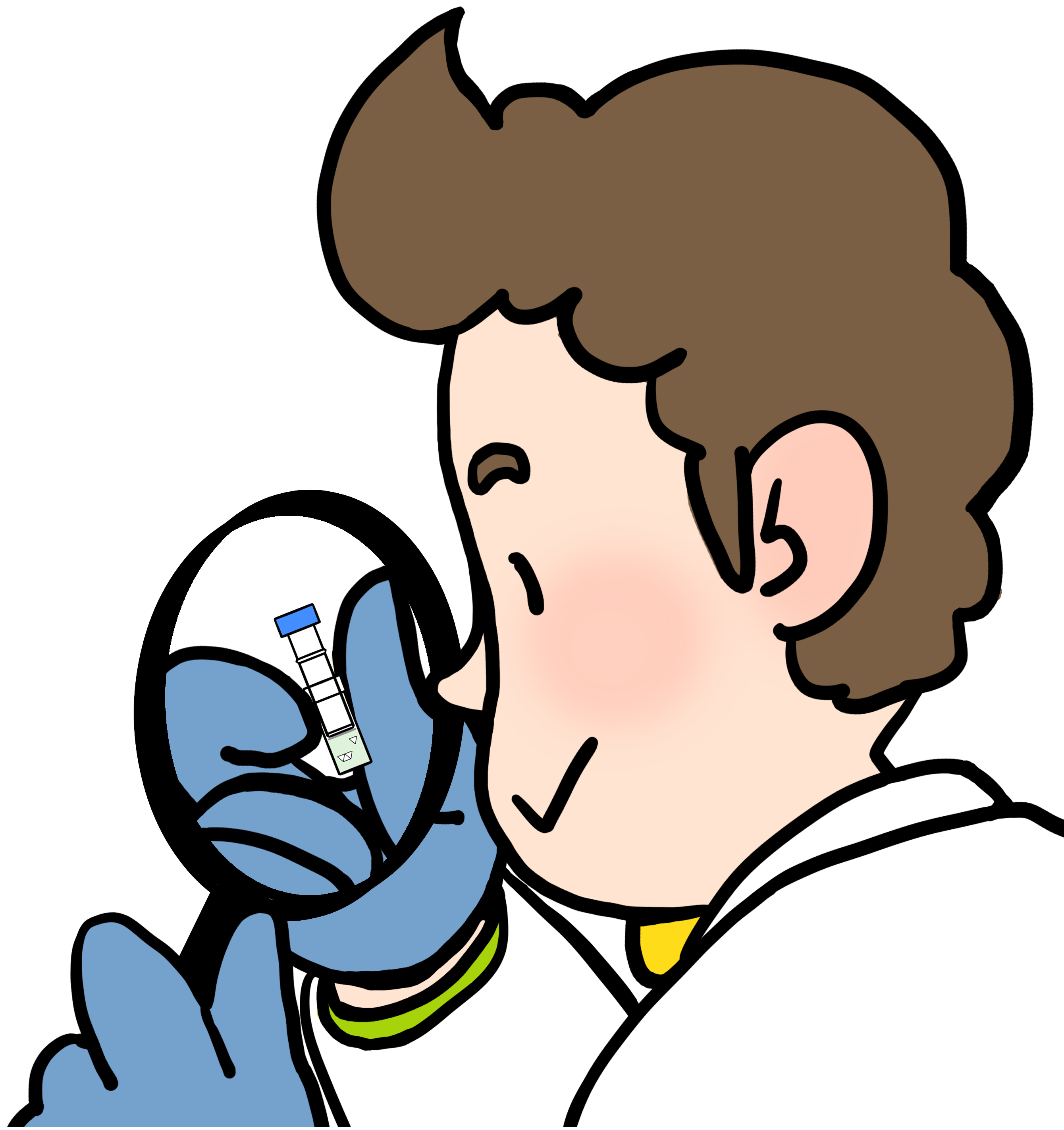
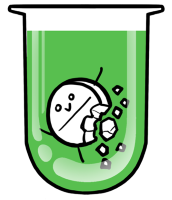






 Home
Home







